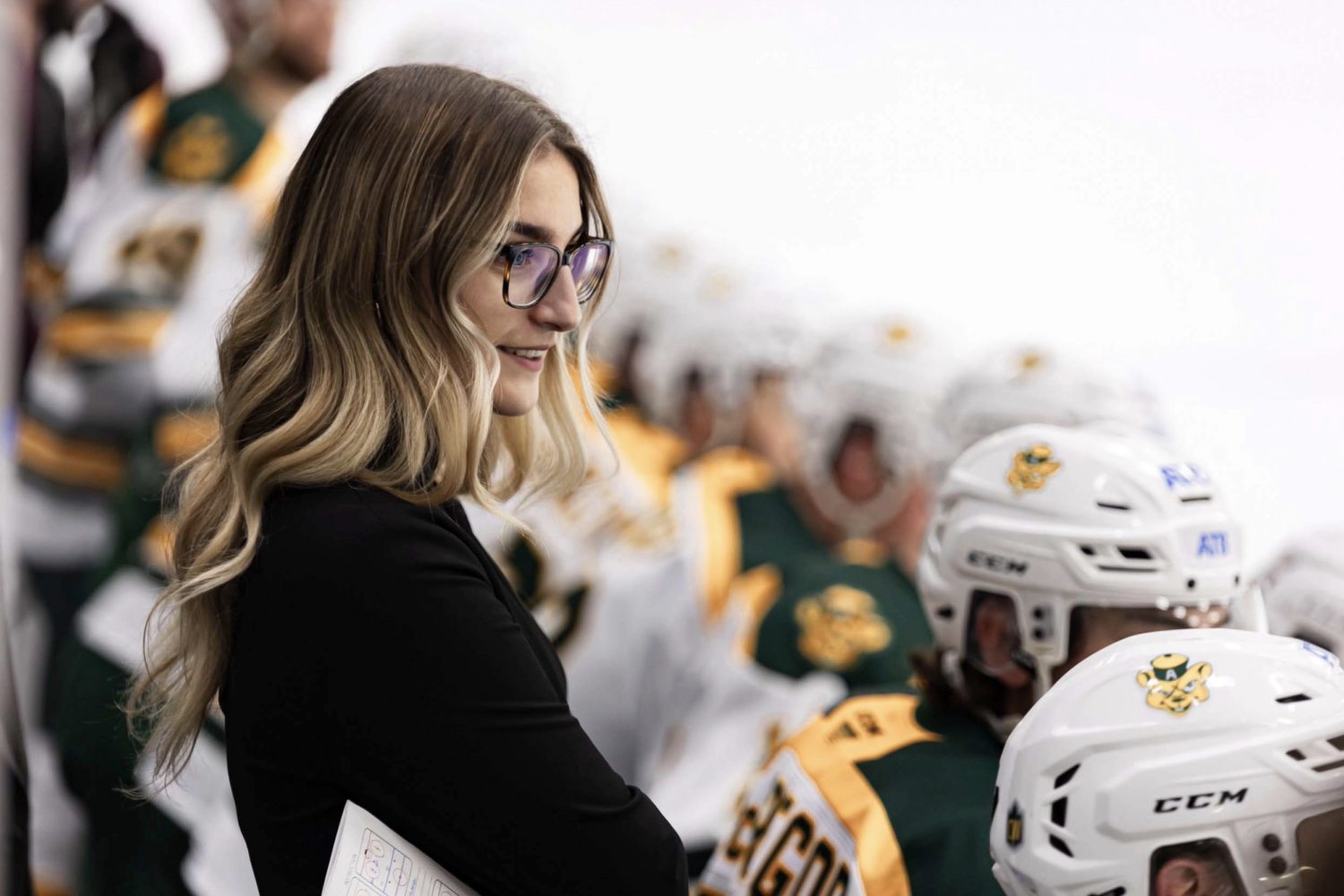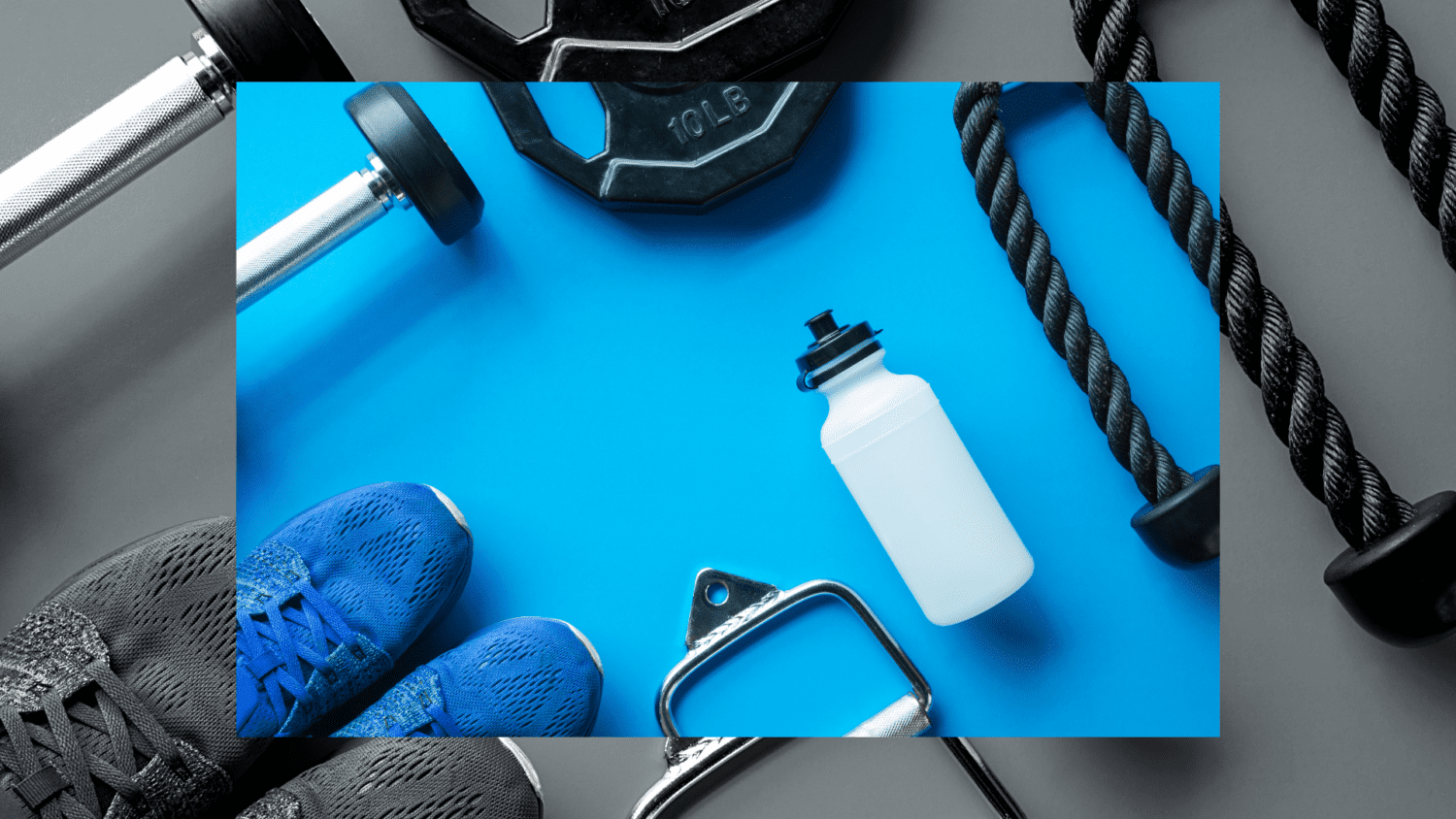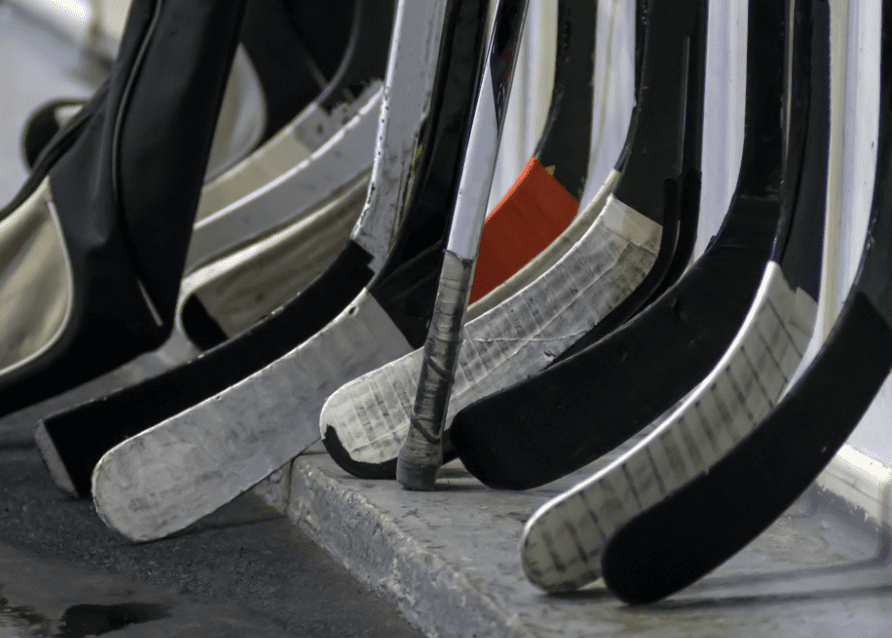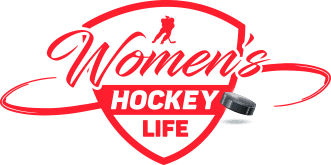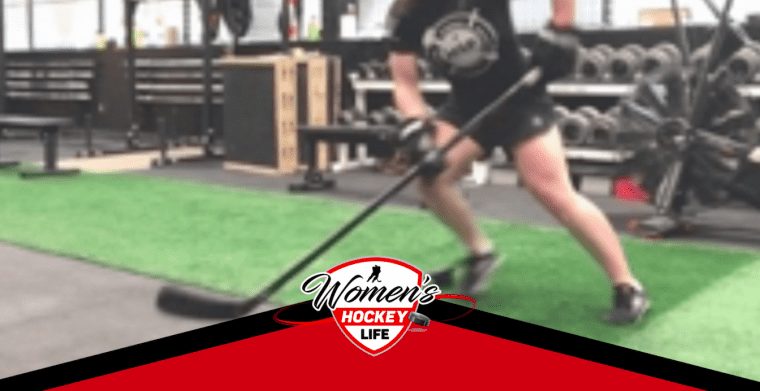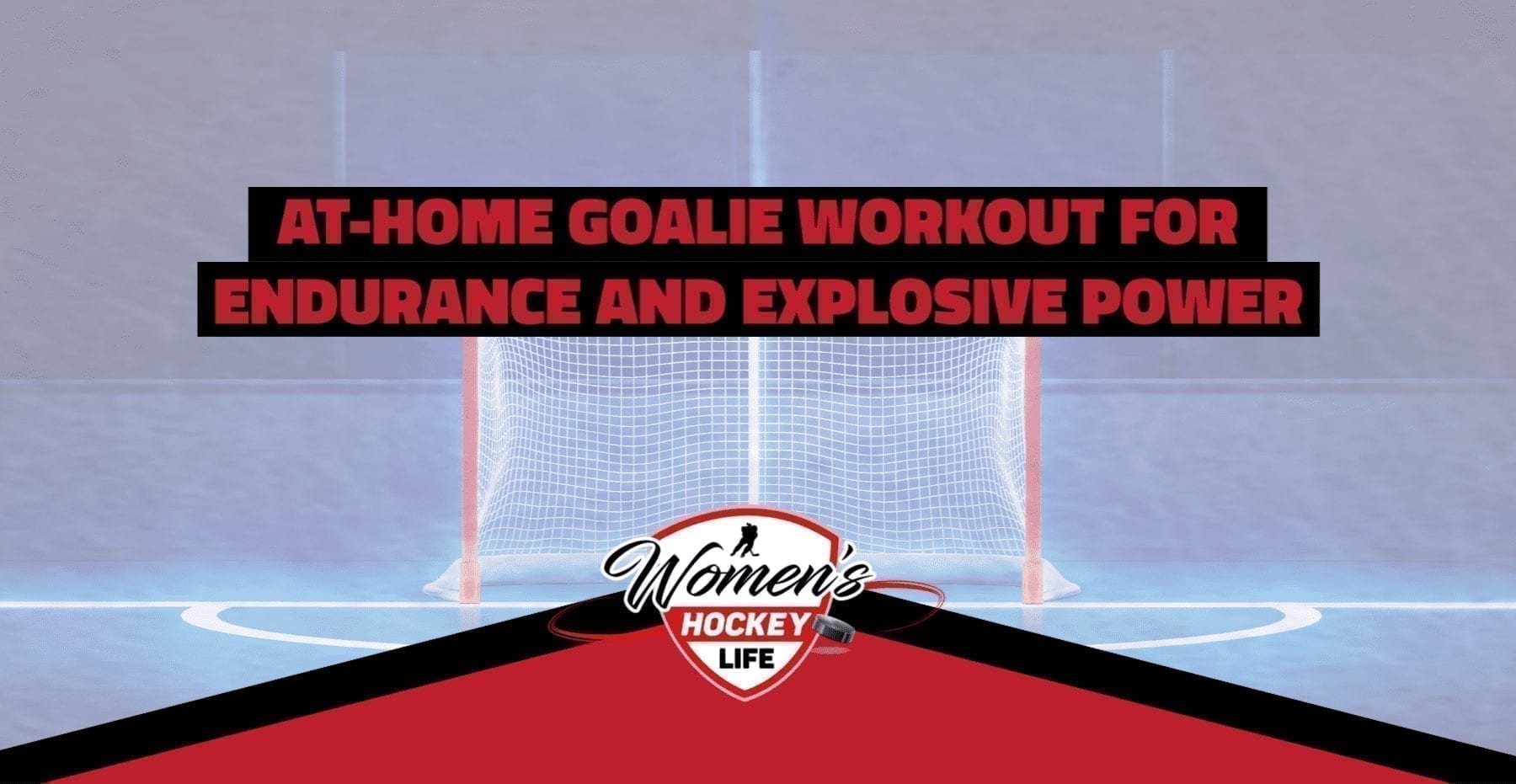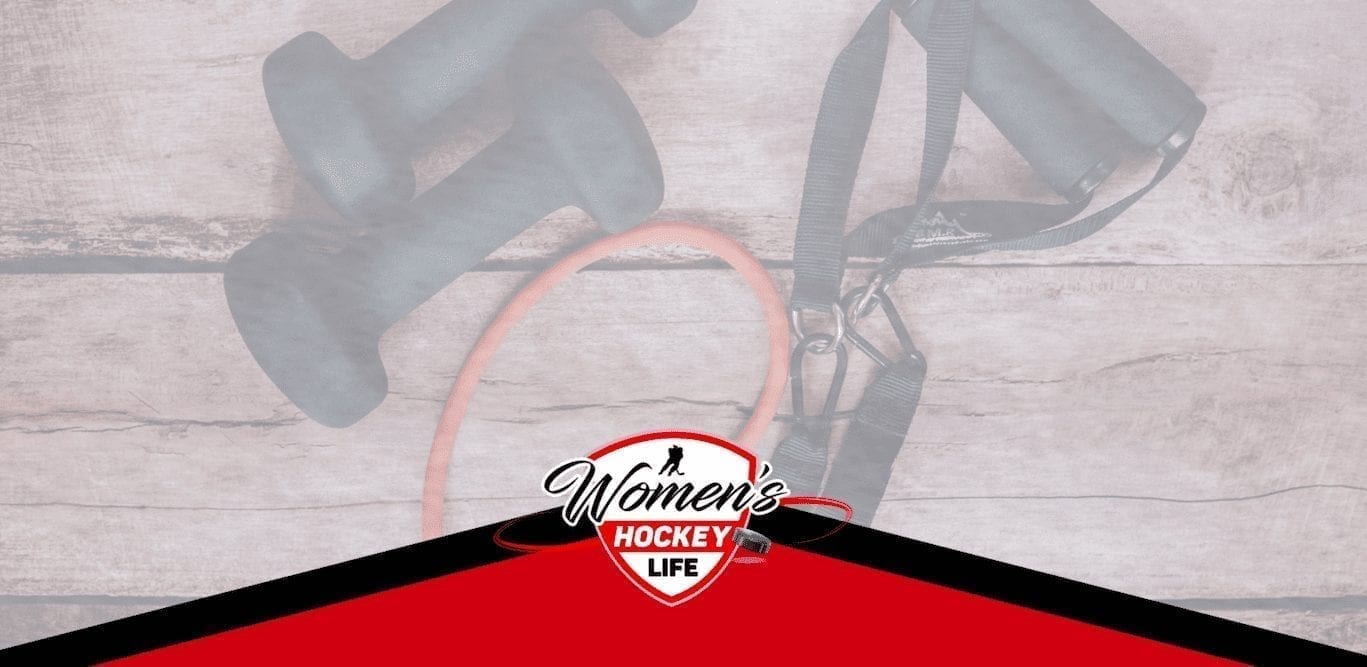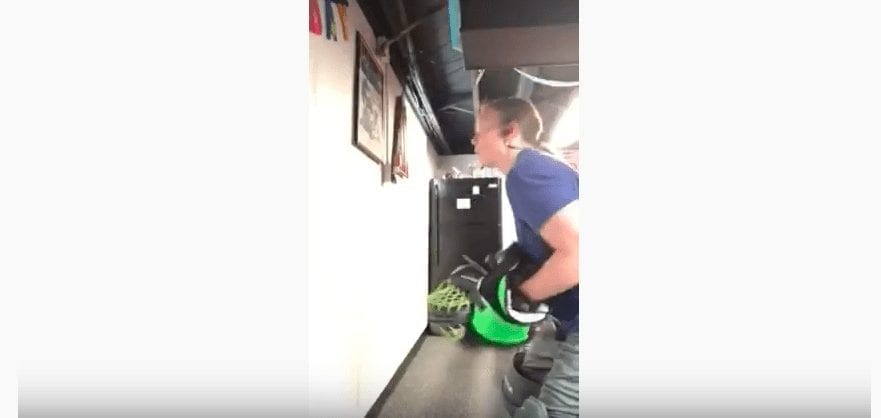I love hockey! I started playing hockey when I was 12 and in 2016 I played for Malaysia’s first national women’s team. I still felt that there was something more to hockey, so I studied hard and managed to get a scholarship to study at the UW-Madison because I really wanted to watch the Badgers play. I played hockey almost everyday and met so many wonderful people that helped me improve as a person and a player. After graduating, I returned to Malaysia to work and continue playing for my country.
While preparing for the IIHF WCCOA 2020, I unfortunately tore my left ACL because my skate blade got stuck in a crack on the ice while I was pivoting. This story is about my recovery but most importantly it’s about how it took a team of people to help me get back on my feet. I am so grateful for my family, doctor and physiotherapist for supporting me in my journey and to friends (and strangers) who have been so willing to share their recovery stories. I don’t intend for this article to substitute medical advice. Instead, I simply want to add to the rich collection of recovery stories out there that have helped me so much in my own journey.
THE ACL INJURY
December 26, 2019
“Everyday is a great day for hockey.” – Bob Johnson
That includes the day after Christmas. I had a national team practice that day. We started off with a pivoting drill with passes and shots worked in. The first go around I remember the drill not going so well for our team. I was determined to go harder the next round. I was skating near the boards preparing for the pivot which would then be followed up with receiving a pass from the opposite side.
I pivoted and boom! My left skate blade got stuck in a crack on the ice while I was switching directions. The bottom half of my leg was planted from the crack while the top of my leg changed directions along with my body. My knee over rotated. I felt something pull. It was so awkward but I immediately tried to get up and continue but my leg just gave way.
My parents helped me to the emergency room at the hospital. The doctor diagnosed it as a sprained MCL but he advised me to see the orthopedic surgeon for a better look. I went home with some painkillers and an appointment for the next day.
December 27, 2019
I was so ready to find out what happened so I could go back to practicing for the IIHF WCCOA in February 2020, which was in Manila, my mom’s hometown. The doctor pressed his finger in my inner knee joint. When he noticed me almost jumping out of my wheelchair, he thought it was a meniscus tear but he suggested an MRI to get the full picture.
My mom wheeled me to get the MRI. After the scan, I was allowed to go home as the results would be available the next day. That was a very long day at the hospital and I was hoping that it was a minor meniscus tear that could heal in eight weeks so I could make it for the tournament.
December 28, 2019
I was so ready to find out whatever this thing was. My mom wheeled me into the doctor’s room. He was reading through the results. It was all thumbs up at first as the white portions on the scan indicated swelling, which would just take a couple of weeks to subside. Then he said, “You have a torn ACL.”
I asked whether I could play and he said definitely not at a competitive level without surgery, which would take six months post-surgery for a full recovery.
My heart dropped. I love hockey and not being able to play in the tournament broke me. My mom told me to stay strong. I agreed to surgery the moment the doctor told me I couldn’t play competitively without it. It was an easy decision. I love hockey and I was so ready to get back in the game.
THE SURGERY PREPARATION
My doctor advised me not to rush the surgery and get it when I am completely ready to commit to the recovery process. After thinking about it, I planned the surgery for April, after the IIHF WCCOA tournament and an Actuarial exam, so I could focus on the surgery and recovery afterwards. The surgery was scheduled for April 2.
Before then, I followed my sister to some of the team practices just to stay involved. It wasn’t fun sitting on the sidelines. I wanted to play so badly! It was bad enough to be a spectator but what bothered me a lot were the questions I’d receive about the injury. I understand the curiosity and concern but I went on autopilot mode at a certain point explaining my injury. I’d get those questions at work too. It especially bothered me when some people questioned whether it was worth getting injured for hockey and to go through the recovery process just to play again. In my head, I’d be furious because I love hockey and a comeback was just a no-brainer.
I did some chair exercises to keep fit before the surgery. As the swelling in my knee went down, I could walk without crutches and amp up the exercises. Fortunately, I was offered to be the assistant coach for the team. I watched last year’s tournament videos and took notes on the practice sessions I attended.
COVID-19
As the virus spread, the IIHF called off the WCCOA. I’d be lying if I didn’t say I was thrilled. In all honesty, I was extremely grateful because I wouldn’t be missing out on this year’s tournament. I was even more thankful that I could work from home once the Malaysian government implemented the Movement Control Order starting March 18, 2020. It was definitely a blessing in disguise.
Because of having to take a Covid test before surgery, it was pushed back to April 4 to ensure my results came back before surgery.
THE SURGERY
April 4, 2020
I was so ready! I waved goodbye to my mom. The nurses wheeled me to the operation theater where I was put under general anesthesia. I woke up with a brace on my left leg. I was shivering in the recovery room but the nurses gave me a heat pad. Once I stabilized, I was wheeled back to my room where my mom was waiting. The anesthesia was still running through me, so I couldn’t feel much pain. I was relieved that the first step was over.
ACL SURGERY REHABILITATION
WEEK 1-5
Physiotherapy started the day after surgery. I did some leg lifts to activate my quads and extend my leg. I also did some heel slides to bend my knee. Those exercises were painful but I just kept breathing and thinking about hockey. The next day I was allowed to walk using crutches. I also went up and down two flights of stairs with crutches. I think I sweat more than I did at hockey. The doctor allowed me to return home the day after.
I went for physio sessions twice a week at the hospital. For the first five weeks, it was a lot of leg extension, flexion and leg lift exercises with gradual increase in (ankle) weight. I was fortunate that my follow up at week two with the doctor went well in the sense that there was no infection and the wounds healed properly. I did the physio exercises everyday at home too. One exercise in particular was difficult for me, which was sitting over a ledge and lifting my leg. I just kept at it and it felt great seeing the progress.
For the first three weeks, it was frustrating sometimes to have to fasten on the brace and use my crutches just to get up and walk. I was lucky to have my family, especially my mom, help me get around the house. After four weeks, I progressed to using one crutch and after five weeks, the doctor allowed me to take off my brace. It felt amazing to be able to walk around on my own! For exercises, I progressed to ball squats, step ups, aided pistol squats, one leg balancing exercises and cycling. Doing these for the first time was painful. There were times when I questioned whether I’d ever be the same. However, I just kept at it every day. The most important thing for me was to play hockey and every time it hurt, I just reminded myself why I was doing this. I needed to play hockey.
WEEK 6
At week six, I was allowed to do physiotherapy on my own at home since my knee was stable. I continued with the exercises I learned at the hospital. My doctor trusted me to push myself and know my limits at the same time. This really helped me mentally because him believing in me made me believe in me. I continued the exercises at home for the next five weeks, gradually increasing repetitions. I never thought I could lift my left leg with it fully extended again. It’s crazy to believe that a few weeks ago, I struggled to lift it and at this point, I could lift it with a 2.5kg ankle weight. When I first got injured, I messaged Kyla Lane from Women’s Hockey Life (who’s been through the surgery twice) and she really helped me understand the value of small wins when recovering from an injury. This really resonated with me throughout my recovery.
WEEK 11
At week eleven, I had another follow up appointment. I was cleared to start jogging. The doctor said it would be awkward at first since my left leg was still weaker. It was definitely awkward and I realized how much my confidence was affected because I would overcompensate for my left leg using my right leg while jogging. I jogged every other day and continued the physio exercises everyday. As the weeks went by, I slowly got the confidence back in my left leg when jogging. I would jog the same path and distance each time, and increase the speed up to the point my knee could tolerate. I progressed from jogging slowly and walking the path to jogging slowly the whole path then to jogging faster. I also incorporated more squats into my physio routine. I noticed my left leg grow in size as the weeks passed.
WEEK 17
At week seventeen, I was looking forward to the appointment because the last time, the doctor said I could skate at this point if all went well. I was really anxious that day. Great news! I could start skating. I was ecstatic. I couldn’t wait to get back on the ice. The doctor also allowed me to introduce cutting drills to my exercises. It was so surreal getting to this point.
Slapping on my gear after months felt great. It felt so familiar yet different. I had a lot of self doubt before getting on the ice. I thought I wouldn’t be able to skate and that I’d have to hold the boards to get around the ice. My thoughts kept going back to the last time I was on, which was when I couldn’t get up after I tore my ACL. This was madness. I breathed and stepped on the ice. Surprisingly, I could skate decently. I could do the hockey stance and actually skate. Pushing through the pain of physio was definitely worth it. I couldn’t believe this was happening. My muscle memory took over. I was the happiest I had been in months.
CONFIDENCE AND SUPPORT
My friend, having been through a meniscus injury and surgery before, emphasized the importance of having a strong support group, to keep up with a healthy lifestyle and stay positive. It seems like obvious advice but I really understood their meaning once I started skating without a brace. I would slow down on the turns and crossovers and be hesitant to put full weight on my outer and inner left edge. Once again I doubted whether I’d be able to get back to 100%. I have a tendency to bottle up my feelings, but just talking to family and friends really helped me to always remember why I was doing this—to play hockey.
It’s so easy to get carried away with work because of the whole working from home concept but I stuck to a daily schedule so I could workout for at least an hour and a half each day and get enough rest. I noticed a change in my overall mood and wellbeing by sticking to a fixed routine and it helped so much with my recovery.
Right now, I’m happy to say that I got my confidence back, both on and off the ice. I can jump, stop, turn, crossover, pivot on the ice again and it feels amazing. It’s surreal to think that I could barely lift my leg off the bed a few months ago.
It’s important to know that everyone’s recovery journey is different. I read lots of recovery stories and watched a lot of recovery videos. Some people fully recovered in five months, some after seven months, a year, etc. Some play basketball, others play soccer and of course some play hockey. I liked reading or watching them to get myself into the right mindset and to get ideas on different exercises. I only tried new exercises based on my doctor’s advice and how strong or tired my leg felt each time.
By seeing people making it through, I knew I could too. I’m thankful for people sharing their stories and videos and I hope my story is just one more to add to that.
[adrotate group=”1″]
Related Articles
Categories
Recent Posts
[adrotate group=”2″]


